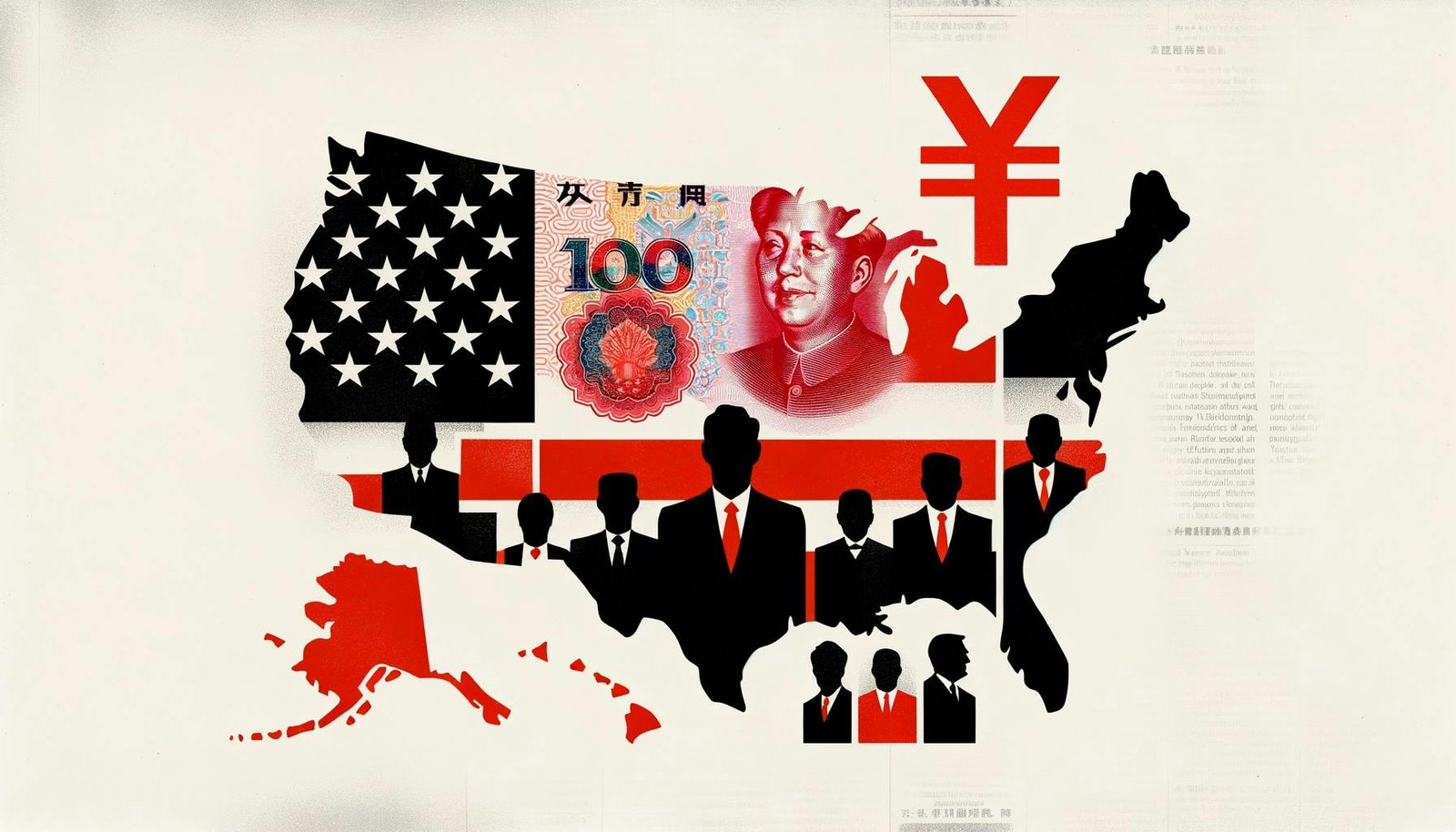What’s going on here?
The yuan has gently slipped against the US dollar as global investors anticipate the US election outcomes and their effects on China’s trade and currency.
What does this mean?
China’s manufacturing sector expanded for the first time in six months this October, suggesting a potential turnaround, as indicated by an official survey. This comes amid cautious optimism due to recent Chinese stimulus efforts, although experts from Mizuho Securities highlight that ongoing support is vital for continued growth. Meanwhile, the US dollar saw a modest rise, with its index ticking up 0.067% to 104.16. All eyes are on the upcoming US election on November 5, where the Trump versus Harris showdown could significantly impact economic landscapes. Trump’s possible tariff policies on Chinese goods could revamp tensions, similar to the yuan’s 5% depreciation during his last term amid 2018’s US tariffs.
Why should I care?
For markets: Election winds set the course.
Financial markets are cautiously observing the US election trajectory. Traders are assessing potential economic policies that might shift trade dynamics and currency alignments. With the dollar firming against the yuan and election-related tariffs on the horizon, markets may experience fluctuations. Look for opportunities or risks in sectors reliant on US-China trade, as post-election policy shifts could affect market stability and investor sentiment.
The bigger picture: Global stakes in a political face-off.
As Trump and Harris compete for the US presidency, the economic implications extend beyond American borders. Global markets are preparing for potential policy changes that could redefine trade, especially with China, a significant player in global trade. With the yuan’s previous fall during US tariffs, global investors are wary of renewed tensions and strategies impacting currencies and international commerce. How these strategies unfold could shape global economic directions in the coming years.





